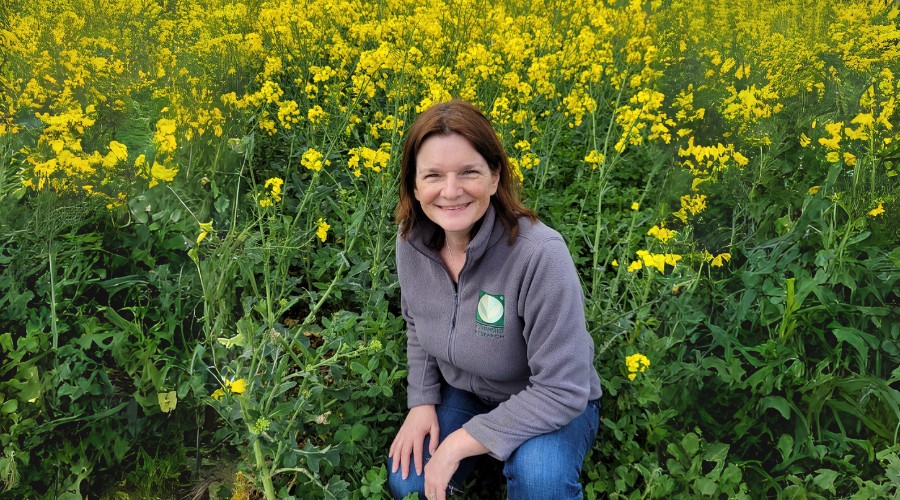Research is providing new tools to combat the rising tide of oilseed rape pests and diseases.
The yellow flowers of oilseed rape are a common sight across the UK and the European Union’s countryside. The use of oilseed rape as a food source, and a biofuel spurred on by EU policy to reduce dependence on fossil fuels, has led more farmers to grow the crop. However, this has led to a rise in pests and diseases which are not only now resistant to the existing treatments, but the pool of treatments available has diminished as the EU seeks to protect human health and the environment.
Focusing on the challenges, a special issue of SCI's journal Pest Management Science: Integrated Pest Control in Oilseed Crops, edited by Dr Sam Cook and Prof Małgorzata Jędryczka gives an overview of the work being done in the area of pest and disease control in oilseed rape.
'Pest management for oilseed rape is a massive problem for farmers,' says Dr Cook, Associate Editor of Pest Management Science and a crop protection specialist at the UK's Rothamsted Research. 'Like most arable agriculture, pest control on oilseed crops has become reliant on synthetic pesticides, but overuse has resulted in serious problems including pest resistance and environmental pollution. Since the banning of neonicotinoid seed treatments by the EU, insect pest management on oilseed rape has become a massive challenge as pyrethroid insecticides are now pretty much the only permitted treatments and pests have become resistant to these. Farmers really are in a position where they cannot control the attacks on their crops.'

Dr Sam Cook, a crop protection specialist at the UK's Rothamsted Research and Editor of the latest Special Issue in Pest Management Science
Ongoing research to meet the challenges has seen advances with the use of AI, sensor-controlled spraying and improved monitoring all playing a role in assisting farmers in crop protection. Also, methods that include ‘companion planting’ are being investigated and the role of the landscape in improving natural pest regulation.
'Farmers are a resourceful group, and some have found that crop management factors such as underplanting with clover have been useful in reducing the damage caused cabbage stem flea beetle on oilseed rape.' said Dr Cook. 'Along with rotation, and methods aligned to regenerative agriculture, such as reduced tillage and provision of diverse off-crop habitats, we are increasing the tools available to farmers of oilseed crops.'
As well as highlighting the research being done in combating the insect pests, there is also a focus on the strides that have been made in understanding, detecting, and preventing disease in oilseed rape. One paper provides an insight into the fact that a certain fungal infection may increase the palatability of oilseed rape to insects.
While much of the research in the special issue comes from members of the Western Palaearctic branch of the International Organisation for Biological Control (IOBC) Working Group on Integrated Control in Oilseed Crops, which covers central and western European counties, the problem is global. ‘Europe is clearly leading the way on oilseeds insect pest research but pathogens such as Plenodomus sp are damaging oilseed rape crops worldwide.’
There are numerous challenges, but Dr Cook is optimistic. ‘The development of alternative insecticides is still in the pipeline and few natural products are as effective as synthetic insecticides and require greater knowledge to implement. The next five years is going to be an exciting time for research in this area.’
Read the latest special issue in Pest Management Science: Integrated Pest Control in Oilseed Crops, Volume 80, Issue 5
